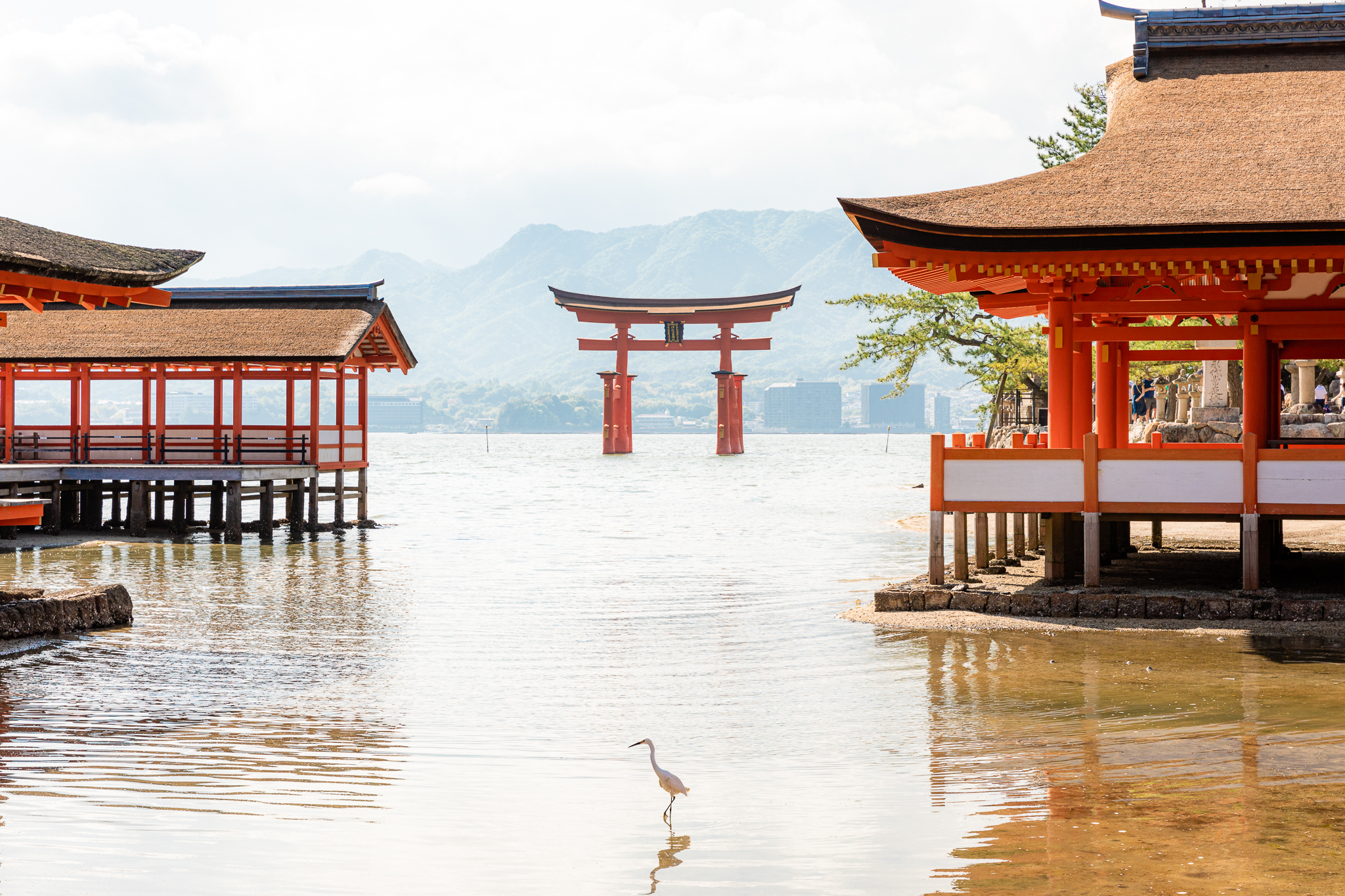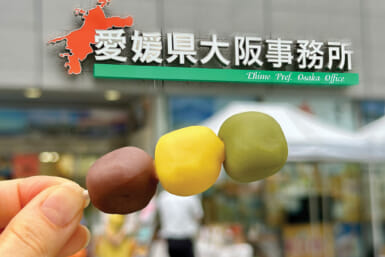The city of Hiroshima recently hosted the 49th G7 summit, with British Prime Minister Rishi Sunak reportedly loving Hiroshima-style okonomiyaki. The grim history of Hiroshima is well known around the world, and familiarizing oneself with the aftermath of the world’s first atomic bomb is often what brings travelers, domestic and international alike to the prefecture. And while this is certainly important, Hiroshima has much more to offer.
Definitely more of a slow travel destination, and one that is probably best experienced by car or motorcycle, Hiroshima is also home to a rich culinary culture, numerous islands with incomparable views and stunning natural sights. This list includes 50 activities and sightseeing ideas for your next trip, especially if you’re looking to linger in a more quiet part of Japan.
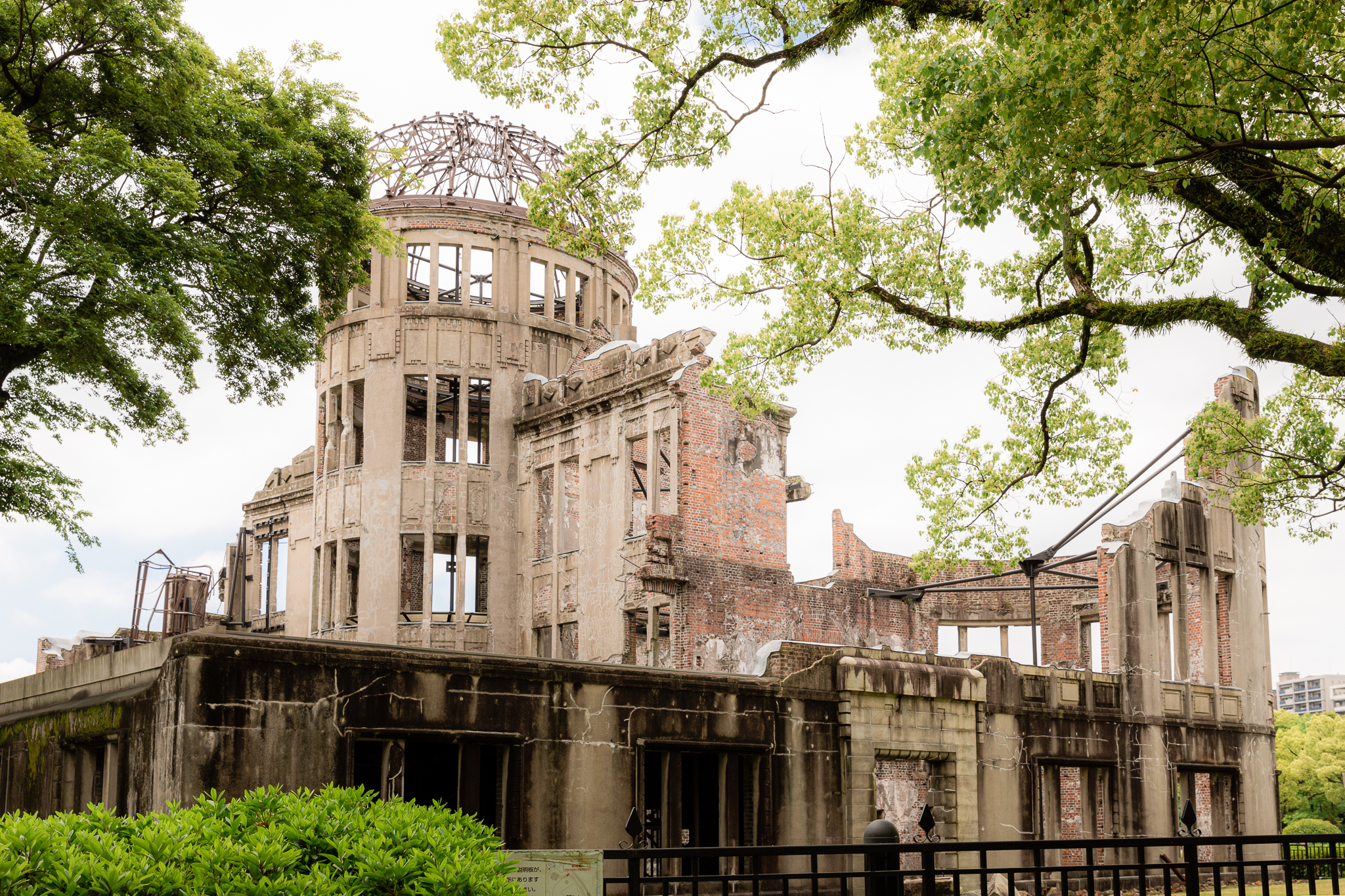
Photo by Anna Petek
Must-dos
1. As mentioned above, a visit to the Hiroshima Peace Memorial Museum is imperative, especially for first-time travelers to the prefecture. The museum documents the atomic bombing of the city of Hiroshima. Visitors should note that some exhibits show sensitive content that can be triggering.
2. In line with learning about the history of Hiroshima, travelers should visit the Atomic Bomb Dome. The structure, one of the few buildings left standing near the hypocenter of the blast, now serves as a symbol to continue the fight for world peace and the abolition of nuclear weapons. It’s located within the Hiroshima Peace Memorial Park.
3. In terms of must-try foods, okonomiyaki is what you’ll want to make time for. Residents here and Japan aficionados probably already know there are two kinds of okonomiyaki; Kansai style and Hiroshima style. Hiroshima-style okonomiyaki is different in that the dough and fillings are usually layers separated instead of mixed, and the fillings are often sautéd on the side before being incorporated into the savory pancake. You can eat at a plethora of Hiroshima okonomiyaki restaurants in Okonomiyaki Mura.
4. Itsukushima, popularly known as Miyajima, is one of Hiroshima Prefecture’s most popular islands. We have some specific recommendations below, but the biggest must-do is Itsukushima Shrine, which you’re sure to know from its 50-foot tall torii gate.
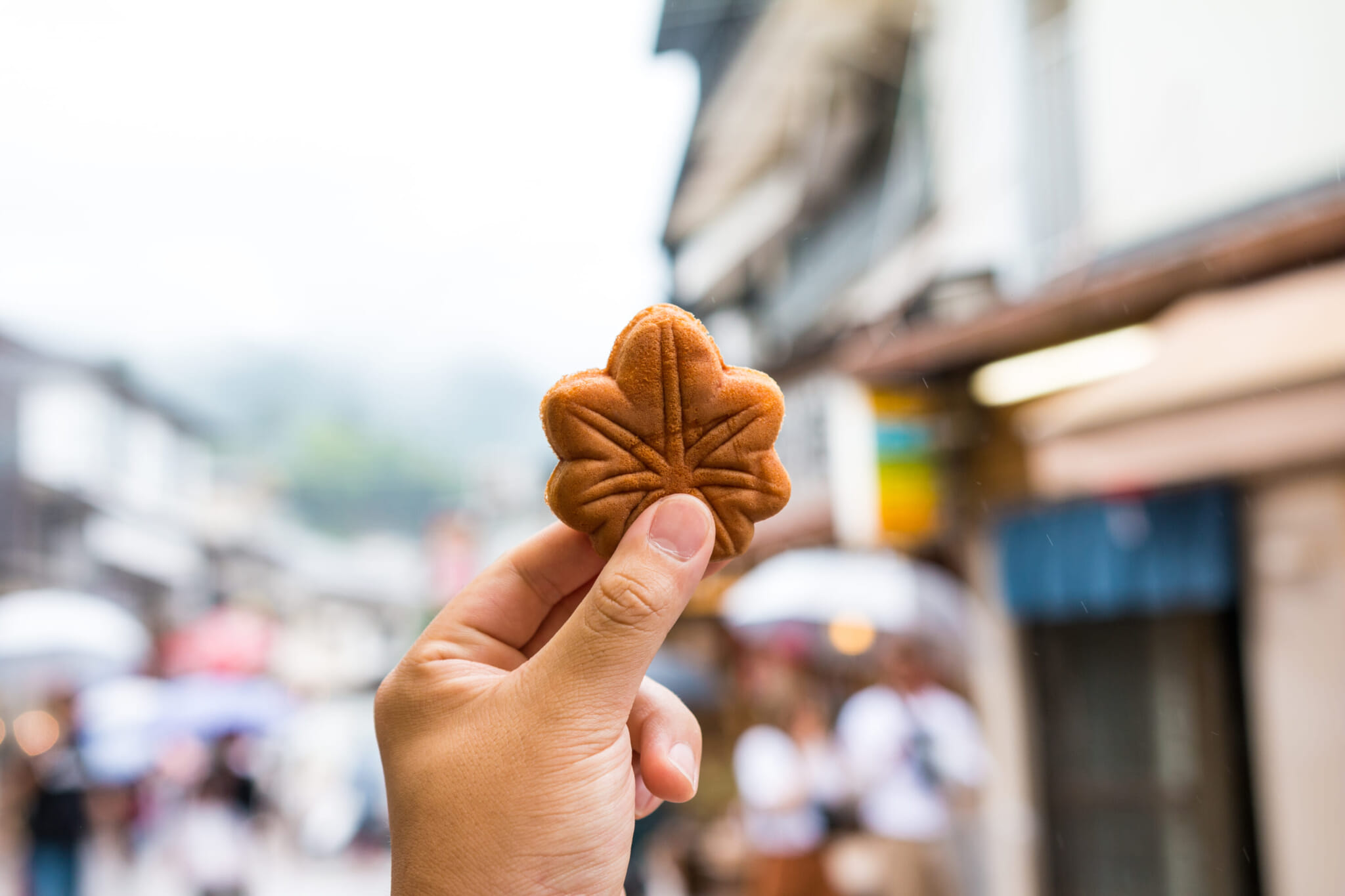
Food and Drink
5. As well as tasting Hiroshima-style okonomiyaki, you can make your own. Otafuku headquarters offers a cooking class. The company produces, among other condiments, the staple okonomiyaki sauce.
6. Oysters are another of Hiroshima’s famous foods. There are far too many options to name in this list, but for as much as you can stomach, we recommend hitting one or more of Hiroshima’s best oyster eateries.
7. Try Onomichi ramen, a twist on the Japanese dish that features a soy sauce-based broth, fresh fish and flat springy noodles.
8. It might come as a surprise to many, but Hiroshima is Japan’s most important producer of lemons. For this reason, sampling lemonade drinks and other lemon-flavored treats during your trip is a must. A popular souvenir is lemonesco, a Hiroshima lemon-infused tabasco sauce.
9. Hiroshima also produces olives and olive-derived products. You can visit an olive farm in Etajima. In addition to seeing the orchards, you can sample the olive oil produced here on pizza, pasta and other Italian dishes.
10. No matter where you are in Japan, it’s always good to make time to sample local nihonshu. Fujii Shuzo, a brewery that’s been operating since the 19th century, offers travelers sake tasting on-site as well as sake and soba pairing at the restaurant located in the same building.
11. Coffee lovers will enjoy Onomichi’s established kissaten culture. Enjoy a warm or iced cup of coffee alongside modest lunch plates and desserts.
12. Hiroshima city also has its own fair share of coffee spots. Kaze is a minimalist shop that values simplicity in its caffeinated drinks.
13. On the sweet side, the maple leaf-shaped manju is one of the most popular souvenirs from Hiroshima. It’s sure to tickle the taste buds of fans of Japanese confectionery.
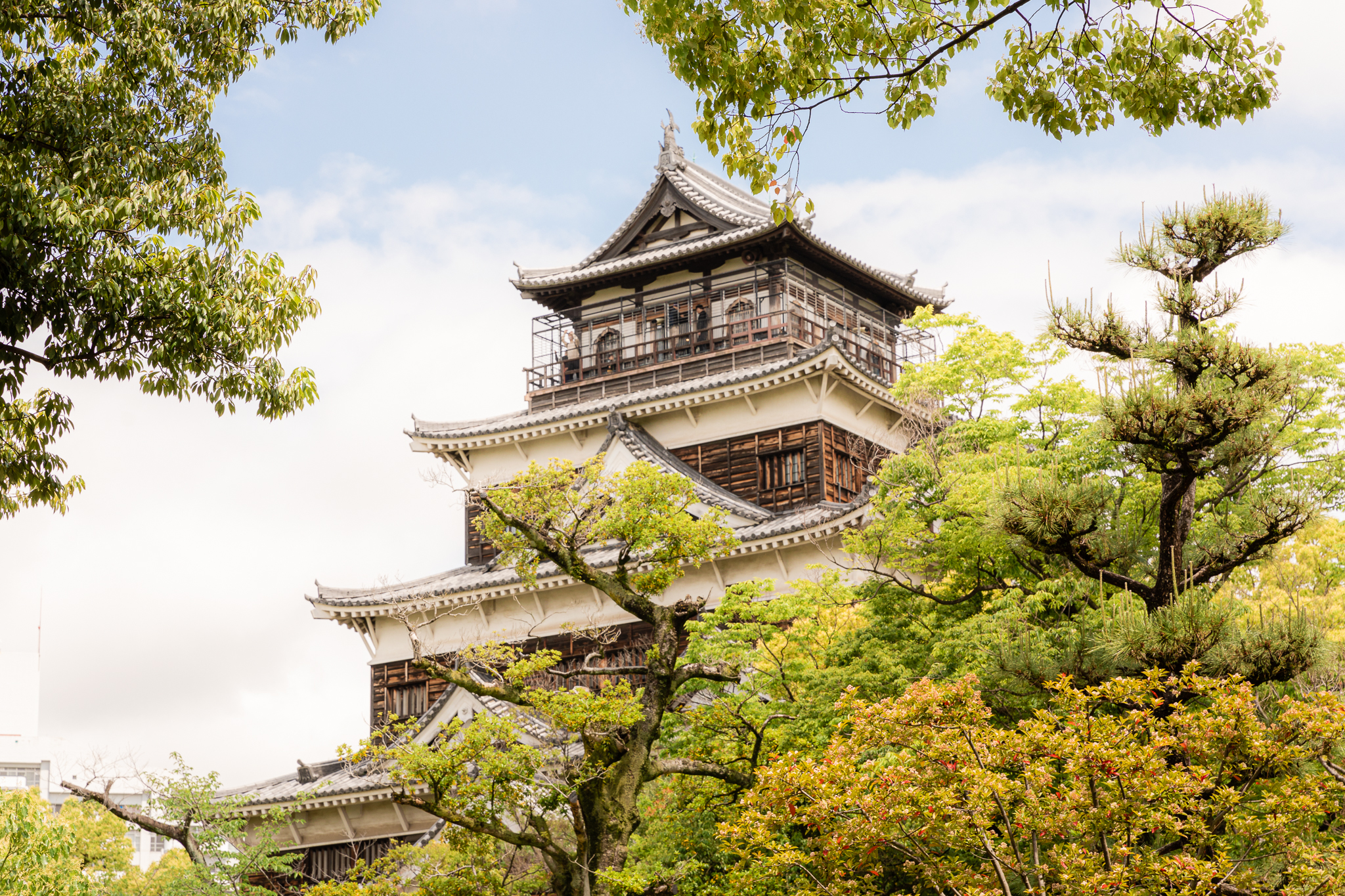
Photo by Anna Petek
Art and Culture
14. Located in central Hiroshima, Hiroshima Castle is a must for any Japanese history fans. The original castle, constructed in the 16th century, was destroyed during World War II. The current replica is as impressive as the original.
15. Fans of traditional Japanese culture should try to squeeze a Hiroshima Kagura performance into their itinerary. You can find the schedule and information about upcoming performances here.
16. You can always rely on museums on rainy days. The Hiroshima Museum of Art hosts major traveling exhibitions year-round featuring artists from Japan and abroad.
17. Hiroshima is home to the Mazda Motor Corporation headquarters and visitors with an affinity for cars are sure to enjoy the museum. It showcases classic Mazda models alongside a breakdown of the history and evolution of the company.
18. With direct access to the Seto Inland Sea, Hiroshima, thanks to its ports, played an important part in commerce and trade throughout Japanese history. A visit to the Yamato Museum (also known as the Kure Maritime Museum) is recommended if you want to learn more about this particular part of Hiroshima culture.
19. The Onomichi City Museum of Art is also worth visiting. It went viral on Twitter because local cats tried to “sneak” in.
20. Also in Onomichi is the Hirayama Ikuo Museum of Art, a facility dedicated to the life of contemporary nihonga artist, Ikuo Hirayama, who was born in Setouchi. The museum is located right across from Kousanji Temple.
21. Another museum that focuses on nihonga is the Okuda Genso Sayume Art Museum in Miyoshi.
22. Check out Simose, a new museum, gallery and restaurant that boasts impressive art and crafts, as well as Setouchi seaside vibes.
23. Another sightseeing destination that commemorates peace is the Hill of Hope in Onomichi. The monument is made entirely of white marble. It was designed and crafted over a period of 16 years by sculptor Itto Kuetani.
24. When in Itsukushima, visit the Miyajima Public Aquarium, which focuses on introducing the diverse wildlife of the Seto Inland Sea.
25. For a quick trip to the past, visit Takehara city, about an hour’s drive west of Hiroshima. Takehara’s Honmachi area is popular for its Edo-period buildings and old Kyoto vibes.
26. If you’re more of a seaside kind of traveler, a stop at Tomonoura is non-negotiable. Located in Fukuyama city, the area is beloved by locals for its amazing views of the Seto Inland Sea, great seafood and historic buildings.
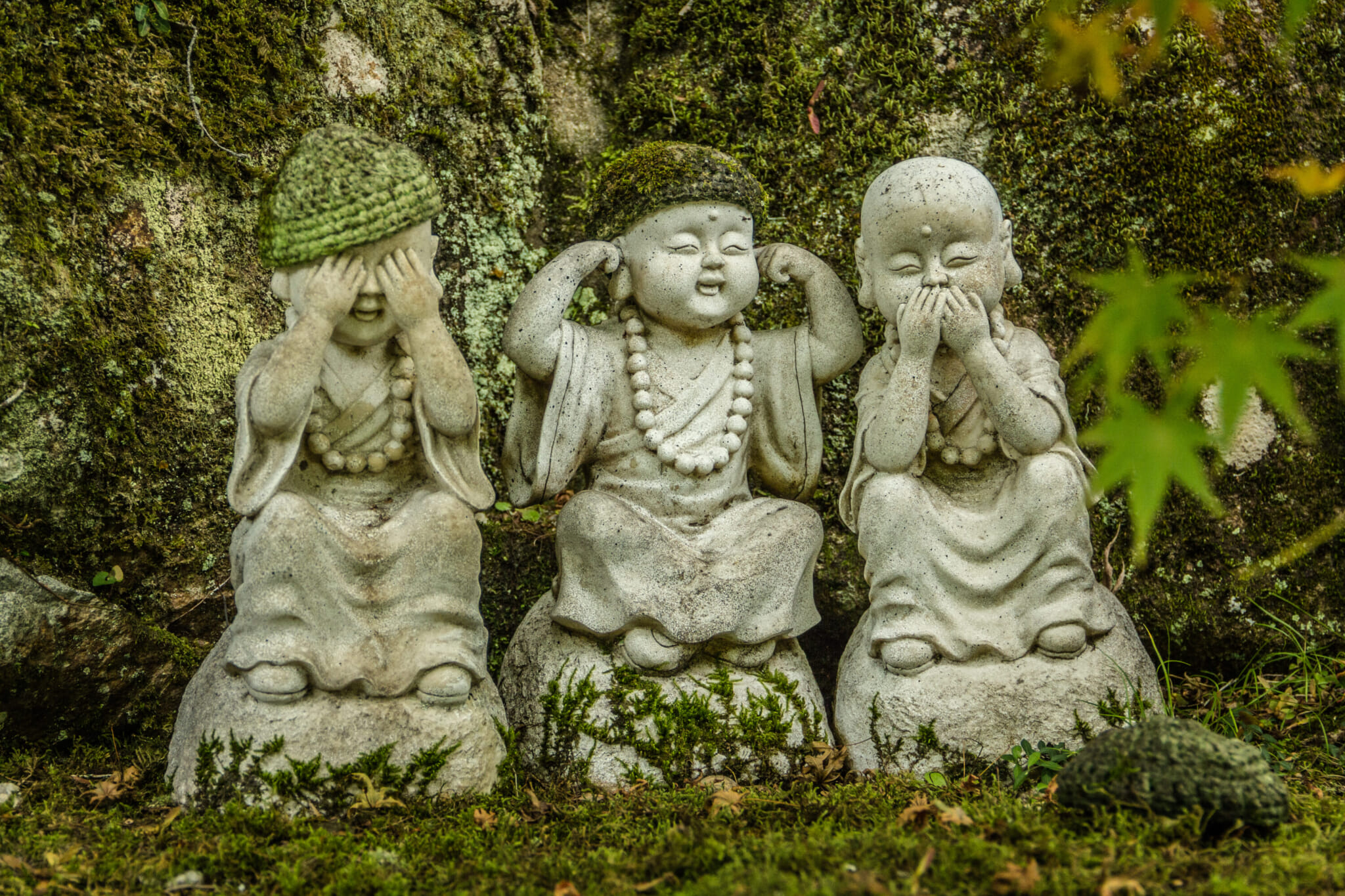
Photo by ArtNat via Shutterstock
Shrines and Temples
27. The aforementioned Hill of Hope is part of the Kousanji Temple grounds. The temple itself is also worth a stop. It’s a popular cherry blossom viewing spot in the spring, so if the chance arises, definitely plan a visit then.
28. In Onomichi, Senkoji Temple is a must-visit. One of the temple’s main buildings sits 140 meters above sea level, which rewards those who walk up the mountain with a gorgeous view of the city below. We recommend visiting after sunset for a picturesque night view of the area.
29. Another temple worth a visit is Fudoin Temple in Hiroshima city. This temple is often quoted as one that represents both pre- and post-World War II Hiroshima, as some structures, which date as far back as the 1500s, survived the atomic bomb of 1945.
30. When visiting Itsukushima, spend some time at Daishoin, a Buddhist temple and the 14th stop on the Saigoku Kannon Pilgrimage. It’s particularly famous for the more than 500 statues scattered throughout the temple grounds.
31. Buttsuji in Mihara is another temple to add to your list. This Zen temple was originally established in the 16th century and today, it is also a popular place for its colorful autumn leaves.
32. Shinshoji Zen Museum and Gardens in Fukuyama is a unique place. A stunning architectural project as well as a temple and a cultural institution, it is sure to entertain any traveler interested in learning more about Zen Buddhism.
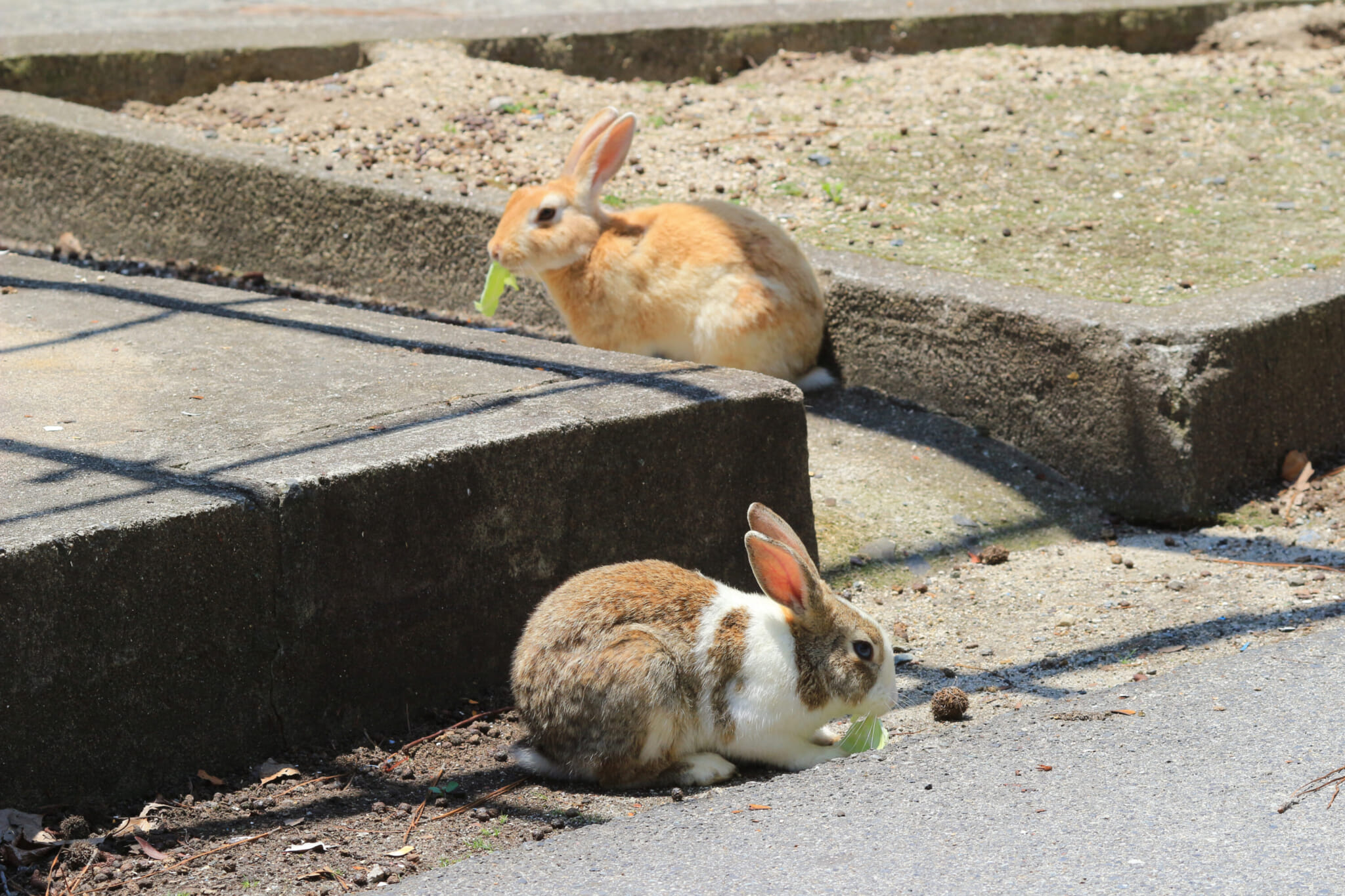
Nature and Scenery
33. Japanese gardens are often found in the most unexpected places. Hiroshima’s Sankeien Garden is located only a short walk from Hiroshima International Airport. The design is meant to reproduce the topography of Hiroshima Prefecture, including the islands of the Seto Inland Sea.
34. If you’re arriving by train or bus, you’ll probably start in Hiroshima city. The prefectural capital’s Shukkeien Garden is a great place to surround yourself with nature without leaving the city center.
35. If you’re traveling to Itsukushima to visit the popular shrine, then also make time to climb up Mount Misen. It is the highest mountain on the island. You can hike it up via a few trails, but there is a cable car that takes you to the observatory deck too.
36. Also in Itsukushima, Momijidani Park (literally “maple leaf valley park”) becomes a vibrant red in the fall. It’s definitely worth planning a trip around.
37. Book a trip to Okunoshima, also known as Hiroshima’s “Rabbit Island.” Okunoshima is best known for its large population of cute, fluffy bunnies that roam the island. It makes for a good day trip from Hiroshima city. While the rabbits are arguably the main attraction, Okunoshima also has a few other sightseeing locations that further reveal details of the region’s war-plagued history.
38. If you’re looking to completely get lost in nature, definitely visit the Nishi-Chugoku Sanchi Quasi-National Park, part of which is in Hiroshima Prefecture. One spot worth seeing is Sandan-kyo, a 16-kilometer-long ravine that is especially beautiful in the fall.
39. Another national park to add to your list is Taishaku Gorge, which spans the distance between Tojo and Shobara. This is another place that is delightful in the fall.
40. On Ninoshima, you can spot a small Mount Fuji, called “Aki-no-ko-Fuji” in Japanese. The mountain towers over Hiroshima Bay. Unlike Mount Fuji, though, this mountain is covered in trees.
41. Back on to the mainland, the Haigamine Observatory in Kure is famous for its night views of the port and Seto Inland Sea. So much so, it was repeatedly included in the top 100 nightscapes of Japan.
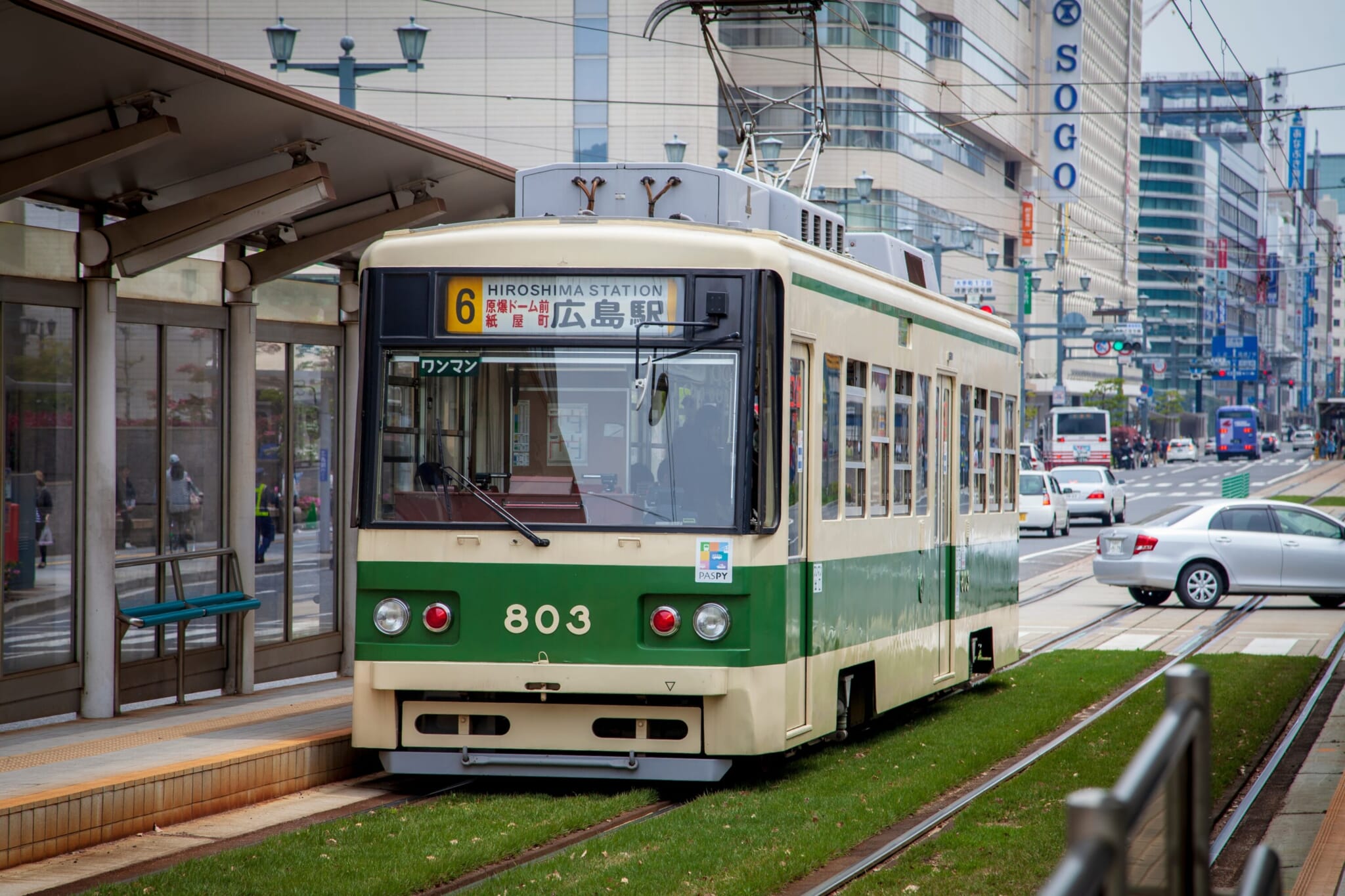
Photo by irawan art via Shutterstock
Miscellaneous
42. For an uninterrupted view of the Hiroshima skyline, climb up Orizuru Tower.
43. Hiroshima is not especially known for its trains, but the city does have a streetcar. It takes about 10 minutes to get from downtown Hiroshima to the port.
44. If you’re looking for an alternative mode of transportation, and especially if the weather is warm and sunny, you can also sign up for a Hiroshima cruise, which will take you through the city’s numerous canals.
45. If you fancy cycling, do so along the Shimanami Yumeshima Kaido. The whole road can take up to two to three days to ride, but you can do only a portion as a one-day activity.
46. Along the Shimanami Yumeshima Kaido, on the small island of Mukaishima, is Pitchfork Farms, a modest but thriving natural farm run by Thomas Kloepfer and his wife, Kaori. If you’re looking to get reacquainted with nature and taste a little bit of the slow life, stop here.
47. And when in Onomichi, if you identify as a cat person, stroll along the Onomichi Cat Trail. The off-road path is said to see over 100 cats pass through and you can see feline-inspired sculptures and murals along the way.
48. Architecture fans should consider booking a night at Log, a renovated apartment building-turned stunning hotel at the foot of Mount Senkoji. It has a garden, restaurant and an art gallery.
49. Consider booking a cruise aboard Japan’s first floating ryokan, Guntu. The cruise starts and ends at Onomichi, but takes guests through the Seto Inland Sea and neighboring prefectures.
50. For a similar high-end experience on land, check out Bellavista Spa & Marina Onomichi. The hotel is known for its stunning Ribbon Chapel, designed by Hiroshi Nakamura & NAP. There’s also a restaurant that boasts great French cuisine.

